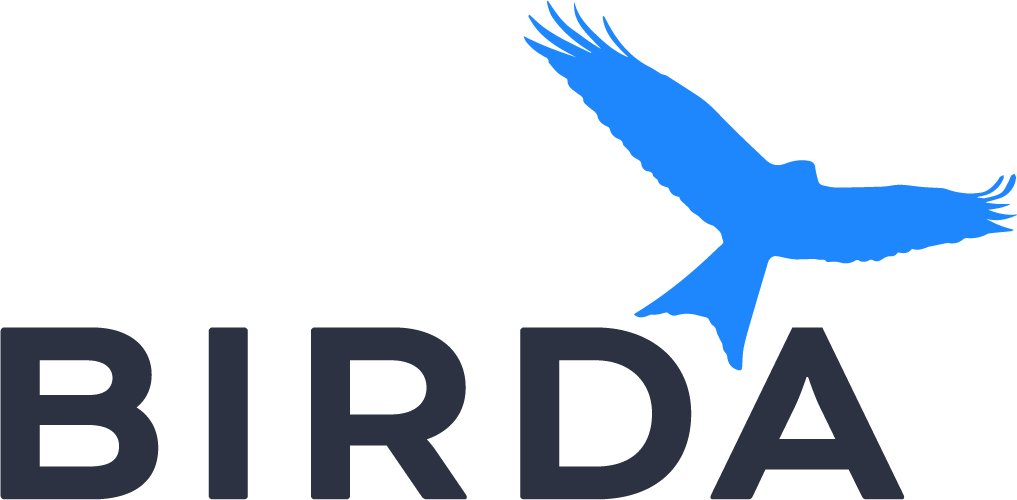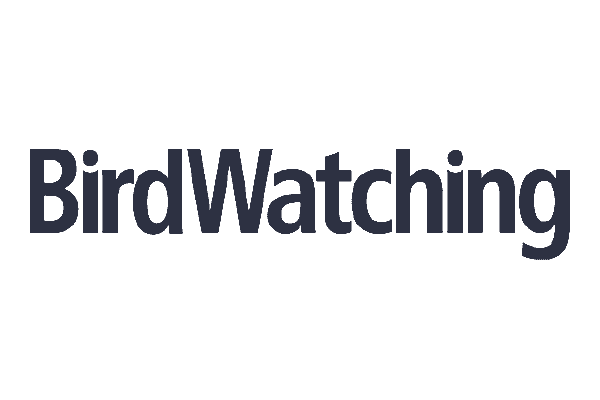
Buller's Albatross
Thalassarche bulleri
The Buller's albatross, also known as Buller's mollymawk, is a small member of the albatross family, with an average length of 79 cm. It boasts a silver-grey forehead, a grey head and throat, and a distinctive black patch around its eyes, complemented by a white crescent behind and below the eye. The upper parts of the bird are dark grey, while the rump and underparts are white. Its underwing is white with a black tip and a broad, sharply defined dark band at the leading edge. The bill is large and predominantly black, with yellow on the upper mandible and at the tip. Juveniles present with a darker head and a brown bill.
Identification Tips
When identifying Buller's albatross, look for the striking contrast between the dark upperwing and the white underparts. The black tip and leading edge band on the underwing are key features, as is the yellow-touched bill. The black eye patch and white crescent are also distinctive markers.
Habitat
Buller's albatross is a pelagic bird, spending much of its life at sea. It breeds on remote islands with cliffs, steep coastal terraces, grassy meadows, and tussock-covered hills. Some populations also nest under trees inland.
Distribution
This species is endemic to New Zealand, breeding on the Snares Islands, Solander Island, Chatham Islands, and Three Kings Islands. Adults forage between 40°S and 50°S from Tasmania to the Chatham Rise, while non-breeding juveniles and adults disperse across the South Pacific, with some feeding in the Humboldt Current off Chile and Peru.
Behaviour
Buller's albatross is a colonial nester, with breeding beginning in December. The nest is a mound of soil, grass, and roots set into depressions in the breeding area. Incubation lasts around 60 days, with both parents sharing the responsibility. After hatching, it takes 170 days to fledge the chick, and they breed annually.
Feeding
The diet of Buller's albatross includes squid, fish, tunicates, octopus, and crustacea, with a noted importance of fishery discards during chick-rearing.
Conservation Status
Previously classified as vulnerable, Buller's albatross has been downlisted to near threatened due to new research indicating it is not as rare as once believed. The species has an occurrence range of 16,100,000 km² and a breeding range of 4 km². The estimated population is 64,000 birds with 31,939 breeding adults. Populations on the Snares Islands are increasing, while the Solander Island population has shown an 18% increase. Adult survival rates are high, and most breeding islands are legally protected. However, Buller's albatross is the most common bycatch in longline fisheries out of New Zealand, and introduced predators such as weka may pose a threat to eggs and chicks on some islands.













































































